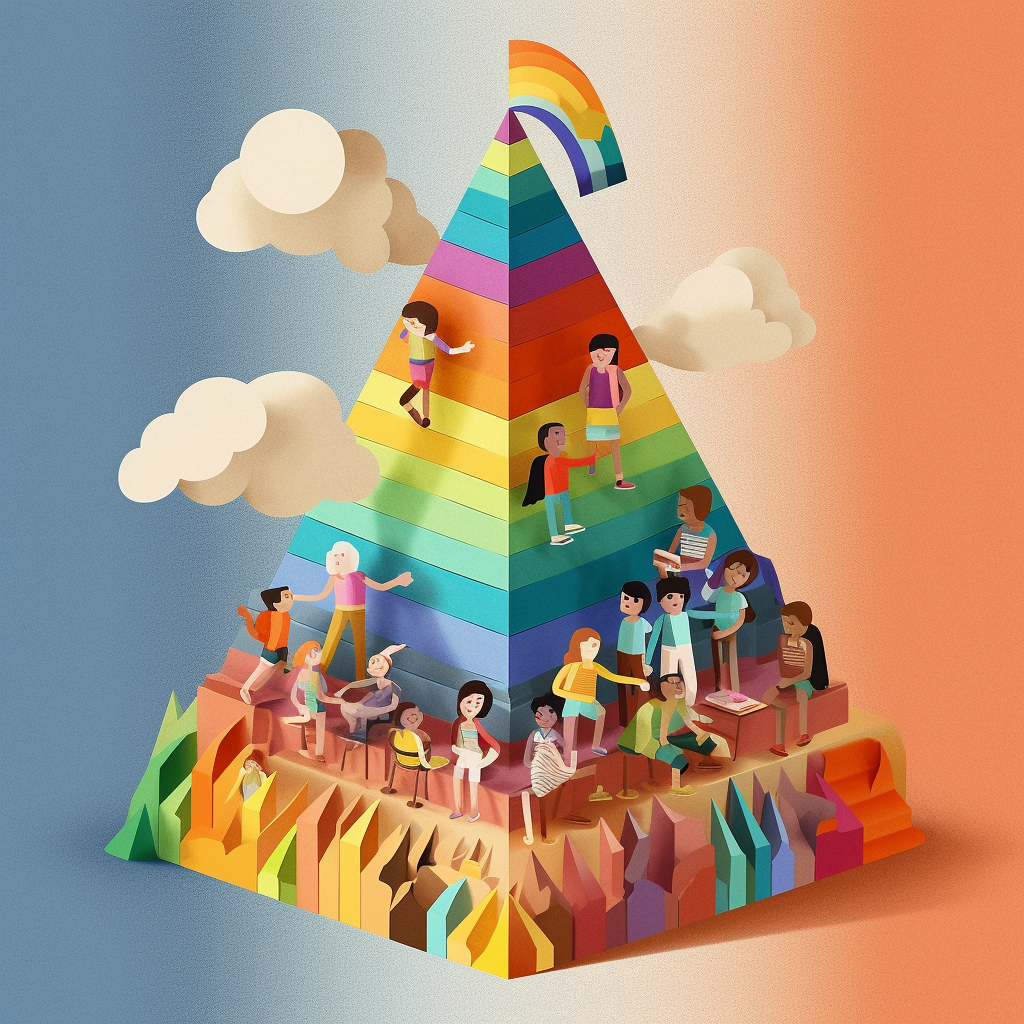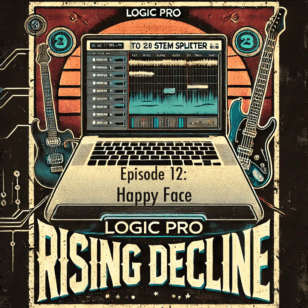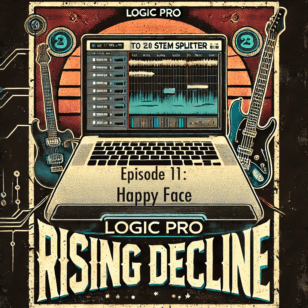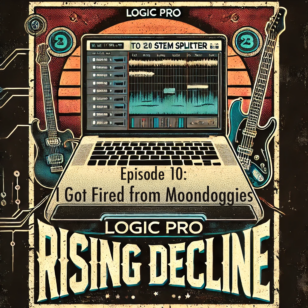In today’s post, I want to dive into an exciting topic I recently discussed on my podcast, Bill Selak Talks. I explored the intersection between Artificial Intelligence (AI) in education and Bloom’s Taxonomy. So, let’s see how we can use AI to revamp the way we think about education through the lens of Bloom’s Taxonomy.
I noticed that while teachers are being inundated with news about AI–from books and articles to discussion around platforms like ChatGPT–there’s been little talk about how educators can engage with AI through the lens of Bloom’s Taxonomy, that ever-popular pyramid highlighting the hierarchy of cognitive processes in education!
Creation sits at the top of Bloom’s Taxonomy, and it’s a powerful way for students to learn. But here’s the twist: AI can create things for us, too. Imagine asking ChatGPT to whip up a five-paragraph essay for a 7th grader. Easy, right? So, maybe creation isn’t the most compelling part of AI in education. I think that the gold lies in analyzing the output from AI, understanding why it was generated, and learning how to craft better prompts.
By focusing on the analysis aspect of Bloom’s Taxonomy, we can teach students to learn the language of AI prompts in order to get more accurate and high-quality outputs. It’s all about refining their skills to input specific information and receive the results they need.
This approach reminds me of the Search era (“Let me Google it for you!”), when teachers worked with students improve their Google search skills with advanced query operators and Boolean logic. The same concept can be applied to AI, allowing students to extract more value from tools like ChatGPT.

Apple Distinguished Educators often refer to”app smashing”–a workflow where one app performs a task, then a second app does something new, and sometimes even a third app applies another effect/style/task. The same thing can be performed with AI. ChatGPT is becoming that first “app” in a series of steps. I regularly use ChatGPT to craft the perfect prompt for Midjourney, another AI tool that generates images from text. By combining the power of two AI platforms, I am able to create more meaningful and interesting images.
With AI rapidly growing in the education sphere, we need to start thinking about how to adapt and incorporate tools like ChatGPT into our teaching practices. And we need to be using these tools with our students, modeling how to use these new tools in an ethical and efficient way. By shifting our focus towards analysis and embracing the concept of app smashing, we can unlock new opportunities for our students and stay ahead of the curve.
Let’s keep the conversation going! How do you see AI and Bloom’s Taxonomy working together in education? What other creative ways have you used AI tools like ChatGPT in your teaching practice? Share your thoughts in the comments below!


